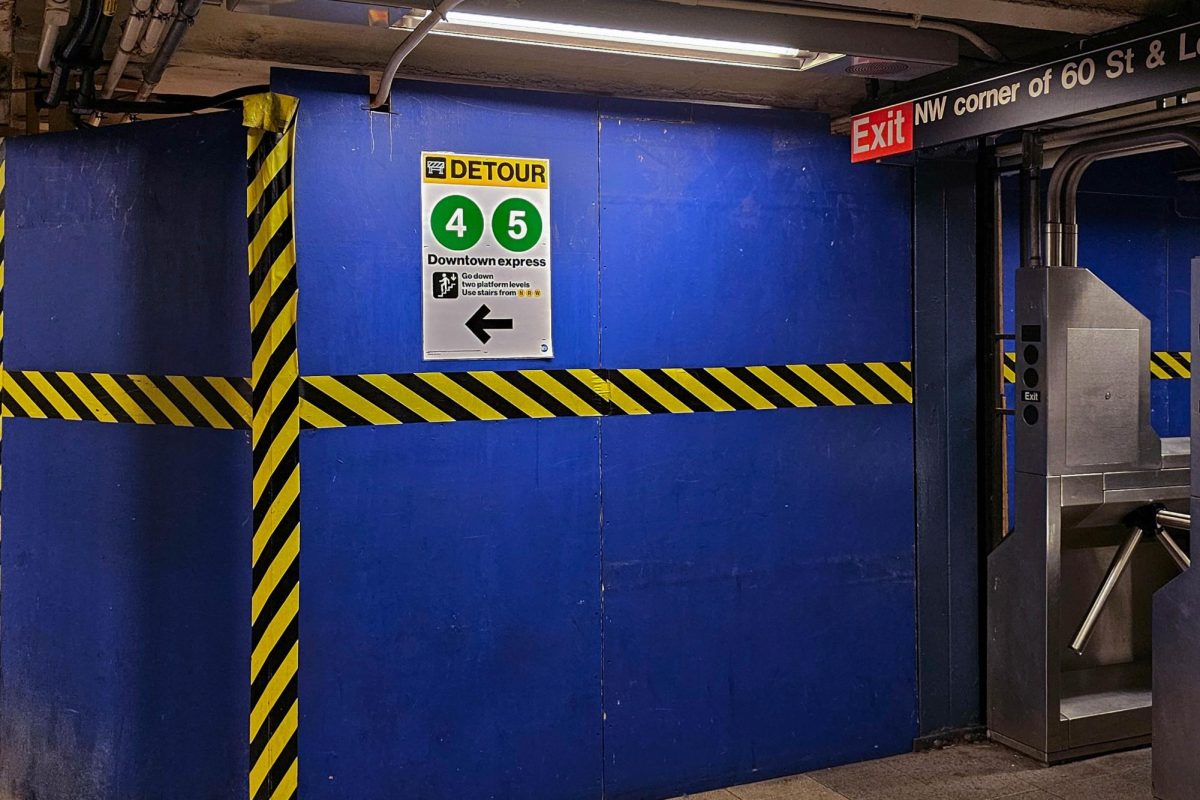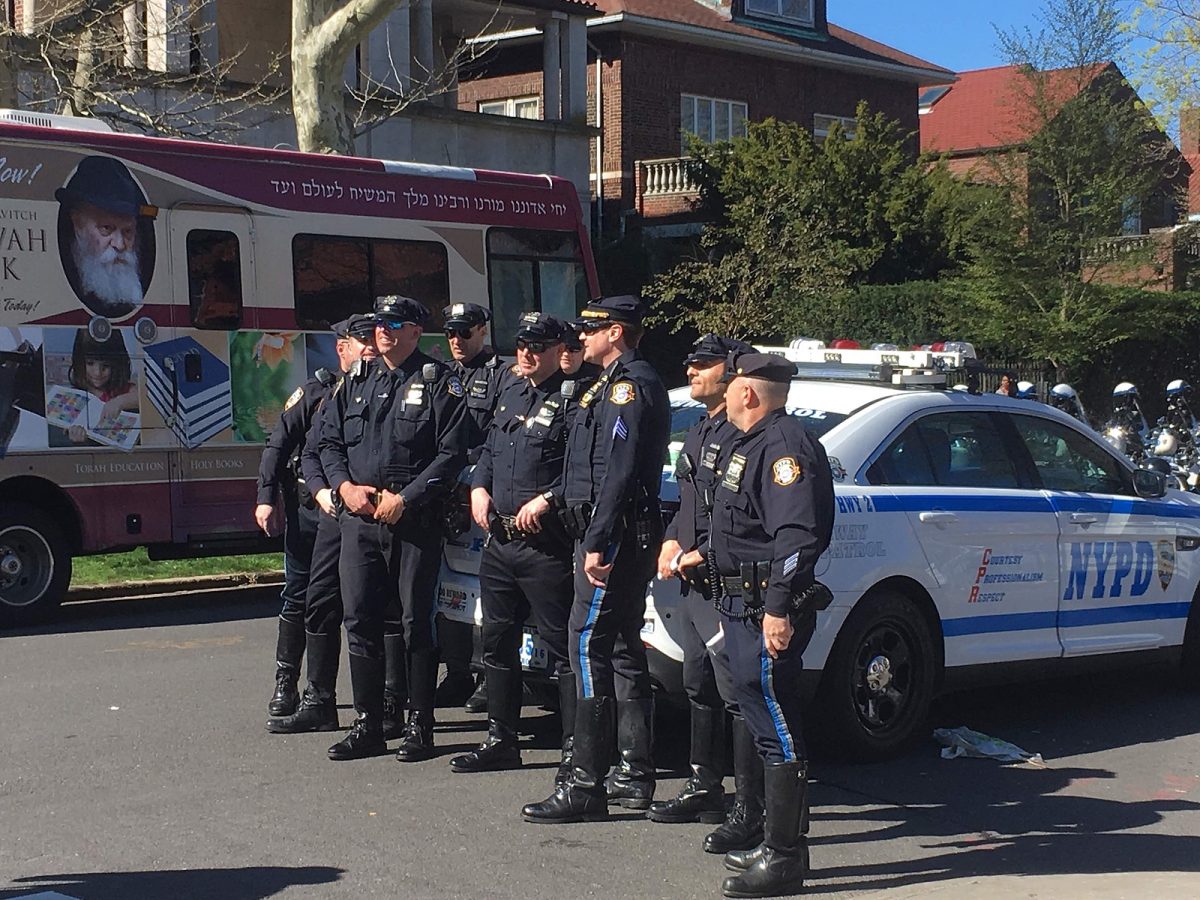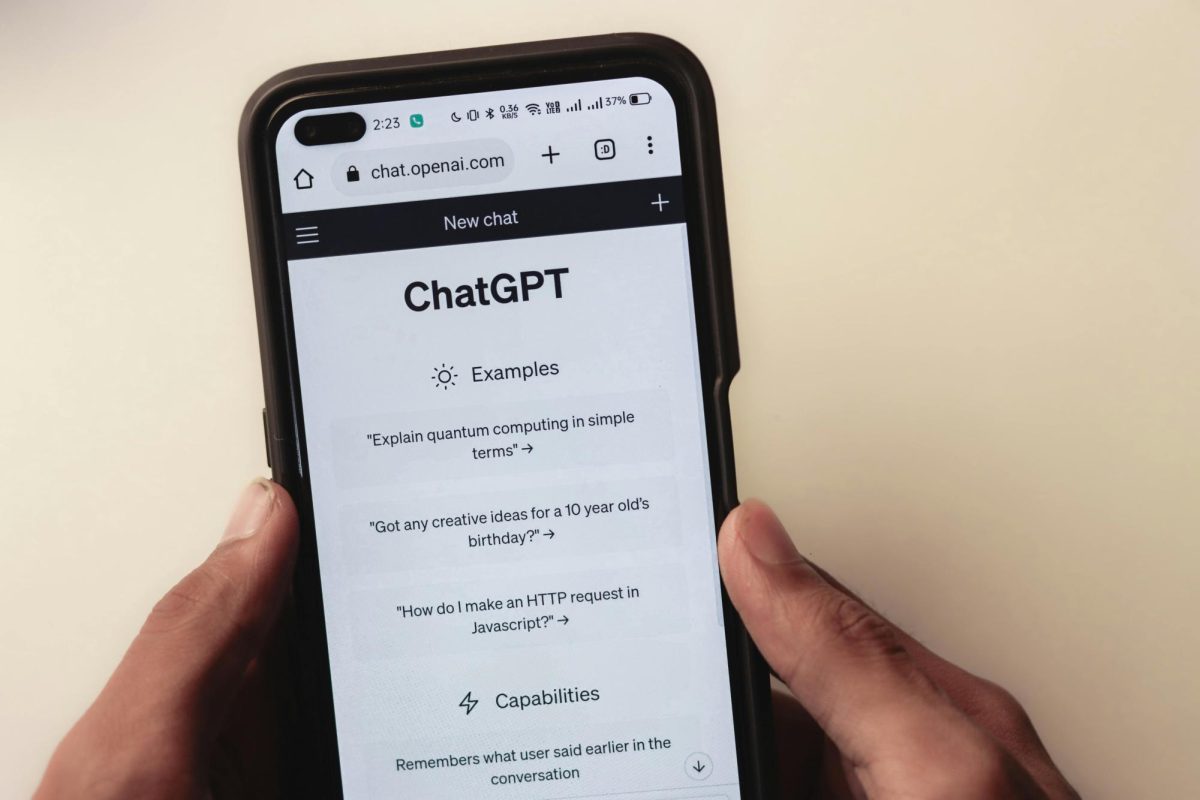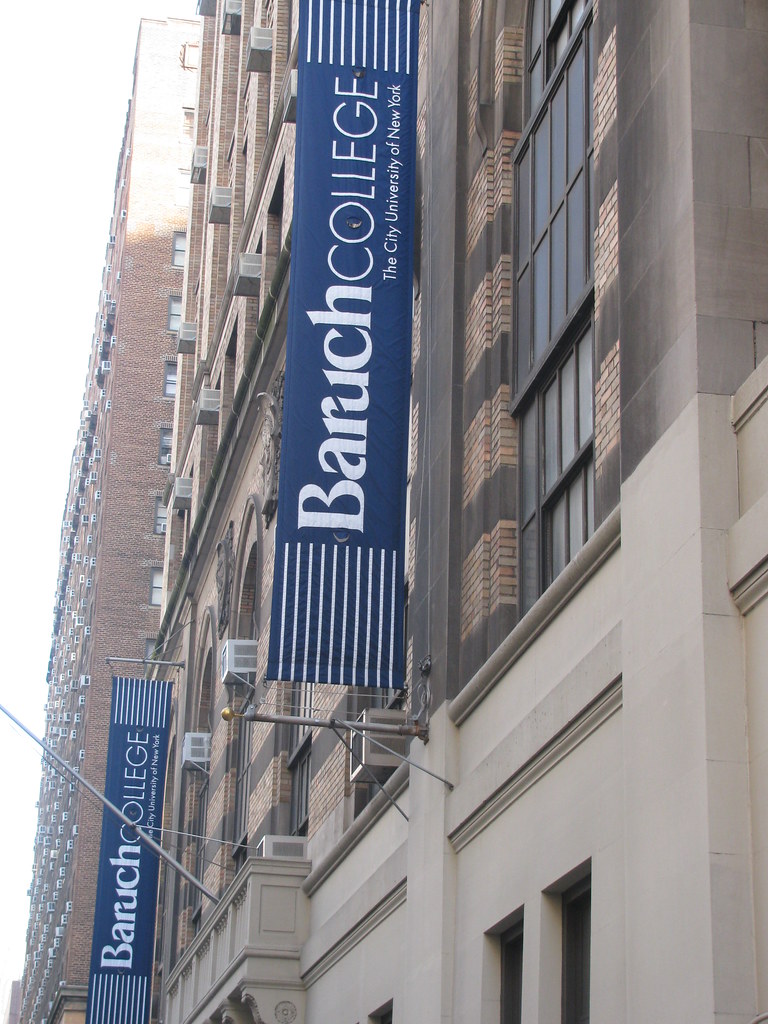The crackdown on fare evasion by the New York City Metropolitan Transportation Authority and the New York Police Department is not worth putting people’s lives at risk.
On Sept. 15, four people, including two bystanders and a police officer, were shot due to an incident involving fare evasion. This unnecessary tragedy began when two police officers tried to chase down 37-year-old Derrell Mickles after he entered Sutter Avenue L train station in Brownsville, one of the poorest neighborhoods in New York City, without paying the fare.
The NYPD has expressed support for the police officers’ decision to open fire, since Mickles was armed with a knife. “This incident was about a person in mental stress armed with a deadly weapon and protecting our cops and citizens on that train,” NYPD Chief of Patrol John Chell said at a press conference.
Mayor Eric Adams also quickly jumped to support the lethal force used by officers.
“I think those officers took great strides to bring a person with an over 20 arrest history that we could talk about,” Adams said when speaking to the media two days after the incident.
Regardless of NYPD actions and Adams’ comments, there must be other de-escalation tactics enforced before another altercation occurs. Opening fire in a subway platform, an area that is packed with people, can never be justified over a minor offense like the evasion of a measly $2.90 fee.
In addition to de-escalation tactics, free-fare programs could greatly reduce similar disasters, especially since most fare evasion tickets are given in low-income neighborhoods like Brownsville.
Community Service Society reported that over the past several years, penalties for fare evasion are more severe in high poverty neighborhoods where people of color reside.
“Fare evasion enforcement actions are more likely to take the form of arrests instead of summonses in high-poverty neighborhoods that are predominantly black and Latinx compared to white neighborhoods.”








